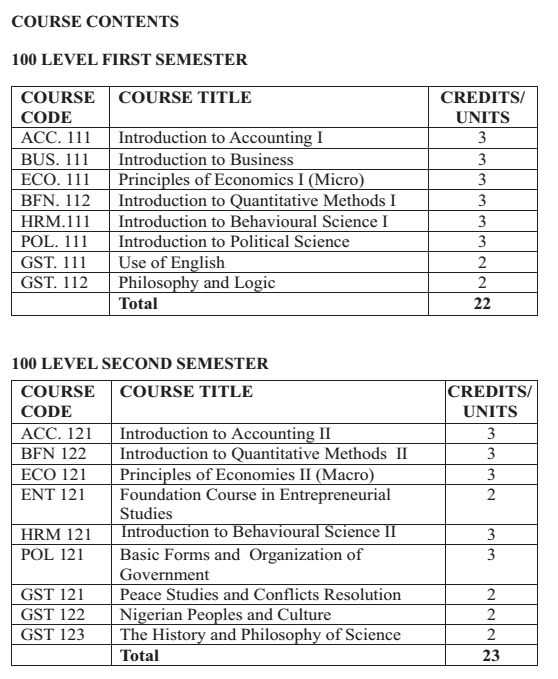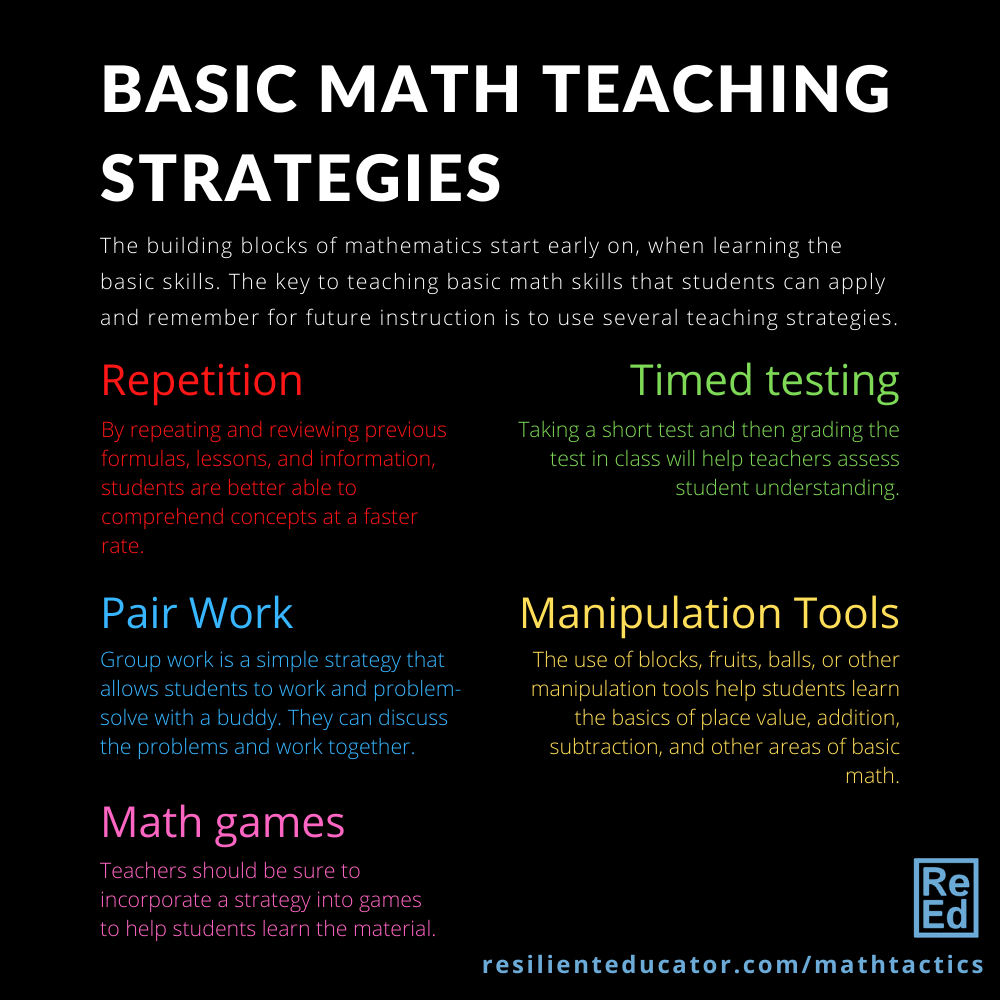
Math Lines Small Large is one among many mathematics games. This game can be used to introduce young learners the basic concepts of geometrical thinking. You can play the game on your computer or on your mobile device. The focus of the game is to teach math skills. It runs in your browser and is optimized for Android and iOS devices. To shoot past a math line, players will need to form pairs that total at least 10. The player must then clear the math line to shoot the next numbered ball. As the player progresses in the game, it becomes more difficult.
A math line is defined as two points. A line is the shortest path between any point and another point. The equation for a linear is r=lb-a where b is where the line crosses the x axis and where a is where the line crosses the other y axis. A line may also be known as a curvature. The equation for a curve is r=cd+l[b-a].

Property such as slope, tangent and others can be used to describe lines. Zero slope lines are those that pass through the origin. An equation to calculate a line that has a slope of zero degrees is y =mx +b. Lines with slopes of 0 degrees represent a horizontal surface, while lines with slopes of more than 0 degrees represent vertical surfaces. An angle difference identity is also useful for calculating the equation of lines.
Lines can be parallel, or collinear. They can also be perpendicular or skew. Parallel lines are lines which are located in the same plane. Skew lines don't intersect at any point, unlike parallel lines. Euclid, who lived 300 years ago, defined skew lines. You can define skewlines on a variety of planes.
Lines are also used for describing other types of objects like cylinders and prisms. A line can also be defined by how it is arranged. An arrangement of lines can be either sexless, square or rectilinear. In some cases, the arrangement of lines is considered a curve. An arc is an arrangement of lines that are sexless, rectangular, or straight. Straight lines are elegant and sparse. A disguise can be used to disguise the line. A line segment is when a straight line is placed in a sexless rectilinear or square arrangement.
Parametric equations are used to specify lines. These are calculated by specifying a point on the line. Parametric equations can be used to specify lines within two-dimensional or three-dimensional spaces. Higher dimensions are determined by specifying a direction vector.

There are two major types of equations to describe lines in planes. The first degree equations are used to define a line when the line is located in a plane. The equations with fixed coefficients are called general form of equations.
FAQ
How much time should I spend studying each semester?
The length of your studies will depend on several factors.
You may be required to take certain classes annually by some schools. This means you won't necessarily have the flexibility to take fewer courses in a given semester. Your advisor can tell you what courses you must take each semester.
What are some possible ways to receive scholarships?
Scholarships are grants that can be used to pay college costs. There are many kinds of scholarships. These are:
-
Federal Grants
-
State Grants
-
Student Loans
-
Work Study Programs
-
Financial Aid
Federal grants are directly issued by the U.S. government. Most federal grants require applicants fulfill certain requirements. Financial need is one example.
State grants are offered by individual states. State grants can be offered by each state based upon financial need, while others are given for specific purposes.
Banks and other lending institutions can issue student loans. Students usually borrow money to cover tuition and living costs.
Employers can use work-study programmes to attract qualified students. Employers are required by law to pay minimum wage.
Financial aid covers the majority or all of the tuition costs for low-income families.
What is the difference in public and private schools?
All students have the right to free education in public schools. They provide education from kindergarten through high school. Tuition fees are charged by private schools for each student. They provide education from preschool to college.
Charter schools can also be found, which are privately owned but are not publicly funded. Charter schools do not follow the traditional curriculum. They allow students more freedom to discover what interests them.
Charter schools are popular with parents who believe their children should receive quality education regardless of their financial status.
What are the alternatives to school?
Alternative schools are designed to provide students with learning disabilities with access to education through the support of qualified teachers who can understand their needs.
Alternative schools exist to offer children with special educational requirements the opportunity to learn in a normal classroom environment.
In addition, they are also given extra help when needed.
Alternative schools aren't just for those who were excluded from mainstream school.
They are open to all children regardless of ability or disability.
What is the difference between college and university?
A university can be described as an academic institution that offers higher education. It offers undergraduate and postgraduate courses in various fields.
A college is usually smaller and less prestigious than a university. Although it may offer fewer courses, colleges often have their own specialist departments.
Who can homeschool?
Anyone can homeschool. There aren't any requirements.
Children can be taught by parents who have graduated high school. Many parents choose to teach their children as they go to college.
Parents who have received less formal education can still teach their children.
Parents can become certified teachers after completing certain requirements. These requirements are different for each state.
Some states require all homeschooled children to pass a test prior to graduation. Others do not.
Homeschooling parents should register their family at the local school district.
This process involves filling out paperwork and submitting it to the school board.
After registering, parents will be able to enroll their child in either public or privately-funded schools.
Some states allow parents to homeschool, but they must register their children with the government.
If you are a resident of one of these countries, you will have to ensure your children adhere to the state's compulsory attendance requirements.
Statistics
- These institutions can vary according to different contexts.[83] (en.wikipedia.org)
- Data from the Department of Education reveal that, among 2008 college graduates, 92.8 percent of humanities majors have voted at least once since finishing school. (bostonreview.net)
- Think of the rhetorical power of nineteenth-century abolitionist Harriet Beecher Stowe, Martin Luther King, Jr., or Occupy Wall Street activists with their rallying cry of “we are the 99 percent.” (bostonreview.net)
- They are more likely to graduate high school (25%) and finish college (116%). (habitatbroward.org)
- In most developed countries, a high proportion of the population (up to 50%) now enters higher education at some time in their lives. (en.wikipedia.org)
External Links
How To
Why homeschool?
When choosing whether to homeschool or send your child to school, there are several factors to consider.
-
Which type of education do YOU want for your child's future? Are you looking for academic excellence, or social skills?
-
What level of involvement do you desire to have in your child's education and learning? Is it better to be kept up-to-date about your child's activities? Do you prefer to keep informed or let your child make the decisions?
-
Do you have any special needs for your child? Is your child a special needs child?
-
Do you have the ability to manage your children's time? Can you commit to teaching your child at home every day?
-
What types of subjects will you cover? Math, science, language arts, art, music, history, geography, etc. ?
-
How much money do you have available to educate your child?
-
Is it possible for your child to start school at an early age?
-
Your child will need a place to live. This means finding enough space to accommodate a classroom, and providing sufficient facilities such as bathrooms.
-
What is the age of your child?
-
What time does your child go to sleep?
-
When does he/she get up?
-
What is the time it takes to get from point A and point B?
-
How far is your child's school from home?
-
What distance is there between your home, and the school of your child?
-
How do you get your child to school?
-
What are some of these benefits?
-
What are the downsides?
-
Who will watch over your child when he/she goes outside?
-
What are your expectations from your child?
-
Which type of discipline would you prefer?
-
Which curriculum will you use for your studies?
There are many reasons why people decide to homeschool their children. Some of them are:
-
Your child is unable to attend traditional schools because of learning disabilities.
-
You wish to offer an alternative education to your child.
-
You would like more flexibility with your scheduling.
-
You do not want to have to pay high tuition costs.
-
You believe your child is receiving a better quality of education than he/she could receive in a traditional school environment.
-
You believe you are better at teaching your child than a teacher in traditional schools.
-
The school system is not what you like.
-
The school system's rules and regulations make you feel uncomfortable.
-
Your child should have a strong work ethic.
-
You want the freedom to choose which courses your child takes.
-
You want individualized attention for your child.
Another benefit of homeschooling is:
-
You don't need to worry about supplies, uniforms, books or pencils.
-
You can tailor your child's education to suit his/her interests.
-
Homeschooling allows parents to spend quality time with their kids.
-
Homeschooled children tend to learn quicker because they are not distracted from their peers.
-
Homeschoolers score higher on standardized exams.
-
Homeschooling families are generally happier.
-
Homeschool students are less likely to drop out of school.